Want a clean house but have no idea where to begin? Believe it or not, a cleaning schedule can actually make keeping your house clean a whole lot easier!
Oh, cleaning.
It is one of those things that we all need to do, but never really want to do. In fact, over the years I have received more reader questions about cleaning, organizing, and decluttering than I could count. It seems that we all want to have a neat and orderly home, but not all of us know exactly how to get there, and certainly not as fast as we’d like to.
Because let’s face it–life is busy, and none of us want to spend all our time cleaning. So let’s figure out how to tackle it with a plan.
Are you excited? I know I am!
So let’s get started!
How to Create a Cleaning Schedule That Works For You
First, for those of you who are unsure of what a cleaning schedule is, let me break it down for you. A cleaning schedule is basically just a daily, weekly, or monthly plan for how you will clean your house. It can be as simple as one main task per day or as complex as a spreadsheet that accounts for every single housekeeping task that needs to be done over the course of a year.
It really is up to you.
If the idea of creating any sort of cleaning schedule sounds overwhelming, try not to worry—I promise it is not as bad as it sounds. In fact, as you will see below, you can do it in three easy steps!
The point of a schedule is not to make you feel guilty or to make you have more to do, but to actually relieve guilt and to create a routine that gives you more freedom and less stress. Knowing that you have a workable, manageable plan to tackle those sticky sinks and dusty dressers makes the idea of cleaning house seem a lot less overwhelming in the long run.
So bear with me. We can do this. I promise.
Step 1: Create a Master Task List
Before you can decide when to clean you must first know what to clean, and how often. Thus before you can create a cleaning schedule that works for your life and your schedule, you need to assess your own home and cleaning needs. A cleaning schedule for a childless couple living in a 1-bedroom apartment will look very different from a cleaning schedule for a homeschooling mom of five living in a 4-bedroom house!
Step 2: Pick the Best Plan for YOU (Choose ONE)
The next thing you need to do is figure out what sort of cleaning plan will work best for your life and your schedule. Are you the kind of person who wants to do a little every day, or would you rather tackle it all at once so that you don’t have to think about it for the rest of the week? Do you work full time or are you home during the day? Do you have young children at home or are your kids old enough to help shoulder some of the responsibility?
There is no one “right way” to keep house, and there is no universal cleaning schedule that will fit every household’s needs. Ultimately you have to take the time to determine what sort of schedule will be both realistic and doable for your own needs. While you should take the time to consider all of the following plans, please don’t think that you need to DO all of them. Instead, pick the ONE plan that seems like it will be the best fit and try it out for a while. If you hate it, you can always try something else!
Here is a rundown of the most common options:
Option A: Daily Speed Cleaning
If you are like me and have a hard time functioning when your house is messy, this may be the best option for you. I have personally found that running through my speed cleaning routine every day keeps things relatively neat and tidy all the time so that there isn’t usually a need to “deep” clean quite as often. When I am following this schedule I will spend about 60-75 minutes cleaning each day, between the daily tasks and doing 1 or 2 weekly tasks each day.
Option B: Timed Sessions
This type of cleaning plan follows a master list of weekly tasks. You set aside a certain amount of time each day—ideally 45-90 minutes—to work your way down the list. When the timer sounds, you stop and you’re done for the day. Then the next day, you set the timer again and pick up where you left off the previous day.
Option C: One Room or Major Task Each Day
This type of cleaning plan sets aside certain tasks to do each day. For instance, cleaning the bathrooms on Monday, doing laundry on Tuesday, Vacuuming on Wednesday, etc. The time spent cleaning each day will vary based on the task set aside for that day.
Option D: Everything in One Day
This type of plan saves everything for one big long cleaning day each week. This can be a good option if you work during the week and would rather clean on the weekends, or if your kids are older and everyone will pitch in to get all the chores done fast. For this type of plan, you can just pick 2-3 monthly, quarterly, and annual tasks to tackle each cleaning day.
One fun idea for families with older kids is to take a deck of cards and write down one task on each card. On a cleaning day, the cards are shuffled and dealt to each family member. That family member is then responsible for completing the tasks on their cards, or they can trade to get different tasks they would rather do.
Step 3: Fill in Your Schedule
This is an easy step!
Once you’ve determined what sort of cleaning plan will work best for your household, it’s time to create yours!
Use a calendar to schedule your cleaning days, as well as keep to keep track of the monthly, quarterly, and annual tasks that you need to remember. Or, if you prefer digital schedules, you can use other options such as Google Calendar, iCalendar for Mac, or even on online cleaning scheduler such as chorebuster.net.
Although it may seem overwhelmingly daunting at first, creating a cleaning schedule that works for your own home and family life can be incredibly liberating once you get going. Suddenly instead of a big daunting mess in front of you, there is a workable plan to take care of it.
When and How to Implement Your New Plan
So, when and how should you start using your plan? My advice is to pick a day to start where there isn’t too much going on. Where you’ll have the little extra time to focus on the task at hand and begin your new cleaning schedule routine.
If the kids are involved, perhaps make it a fun new thing you’re doing by playing music, a fun podcast, or treating everyone to a bowl of ice cream when you’re all done!
If you love this post, be sure to check out our digital library of helpful tools and resources for cleaning faster, taking control of your budget, organizing your schedule, and getting food on the table easier than ever before.
This is your LAST CHANCE to get these resources before we close our doors on April 30, 2024!
Click here to get full access to our library of resources now!
Pin for Later:
TAKE BACK CONTROL OF YOUR HOME LIFE
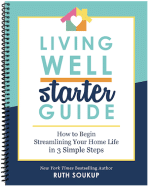 Ever feel like you just can't keep up? Our Living Well Starter Guide will show you how to start streamlining your life in just 3 simple steps. It's a game changer--get it free for a limited time!
Ever feel like you just can't keep up? Our Living Well Starter Guide will show you how to start streamlining your life in just 3 simple steps. It's a game changer--get it free for a limited time!

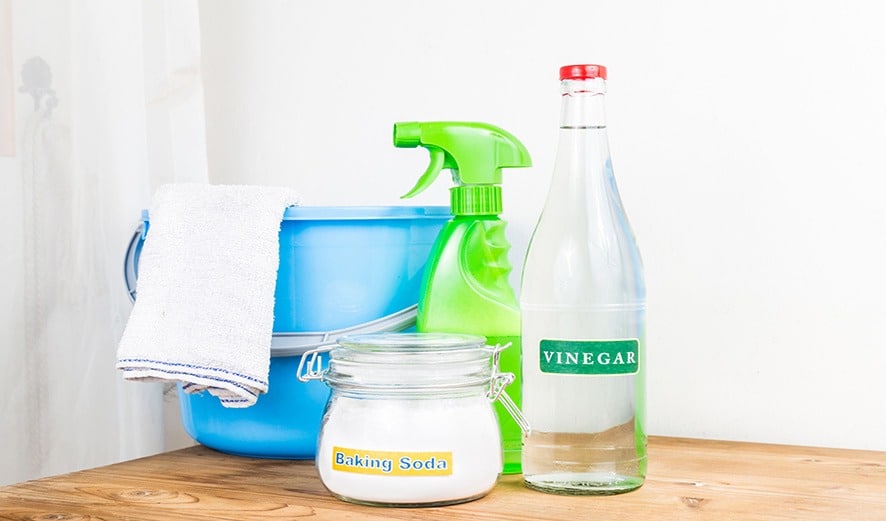
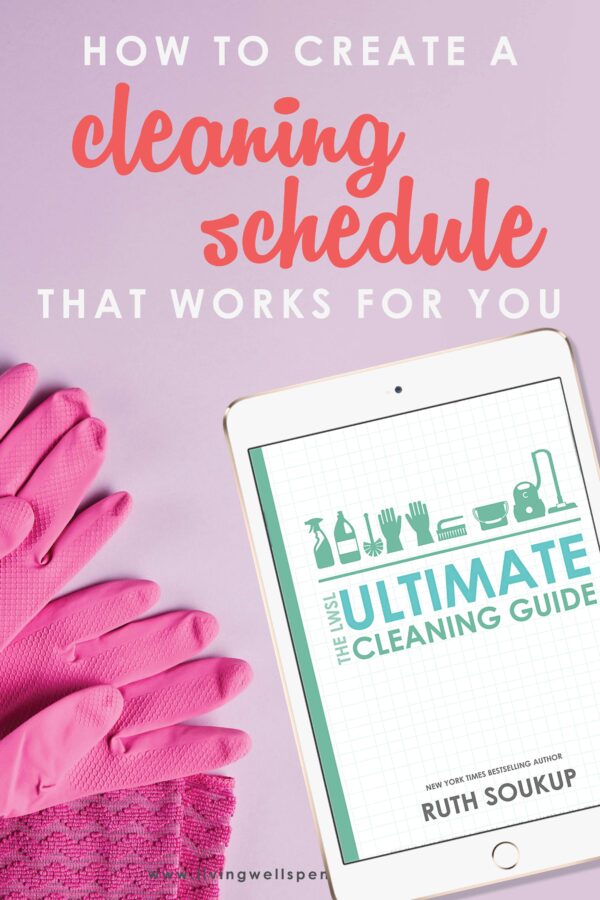


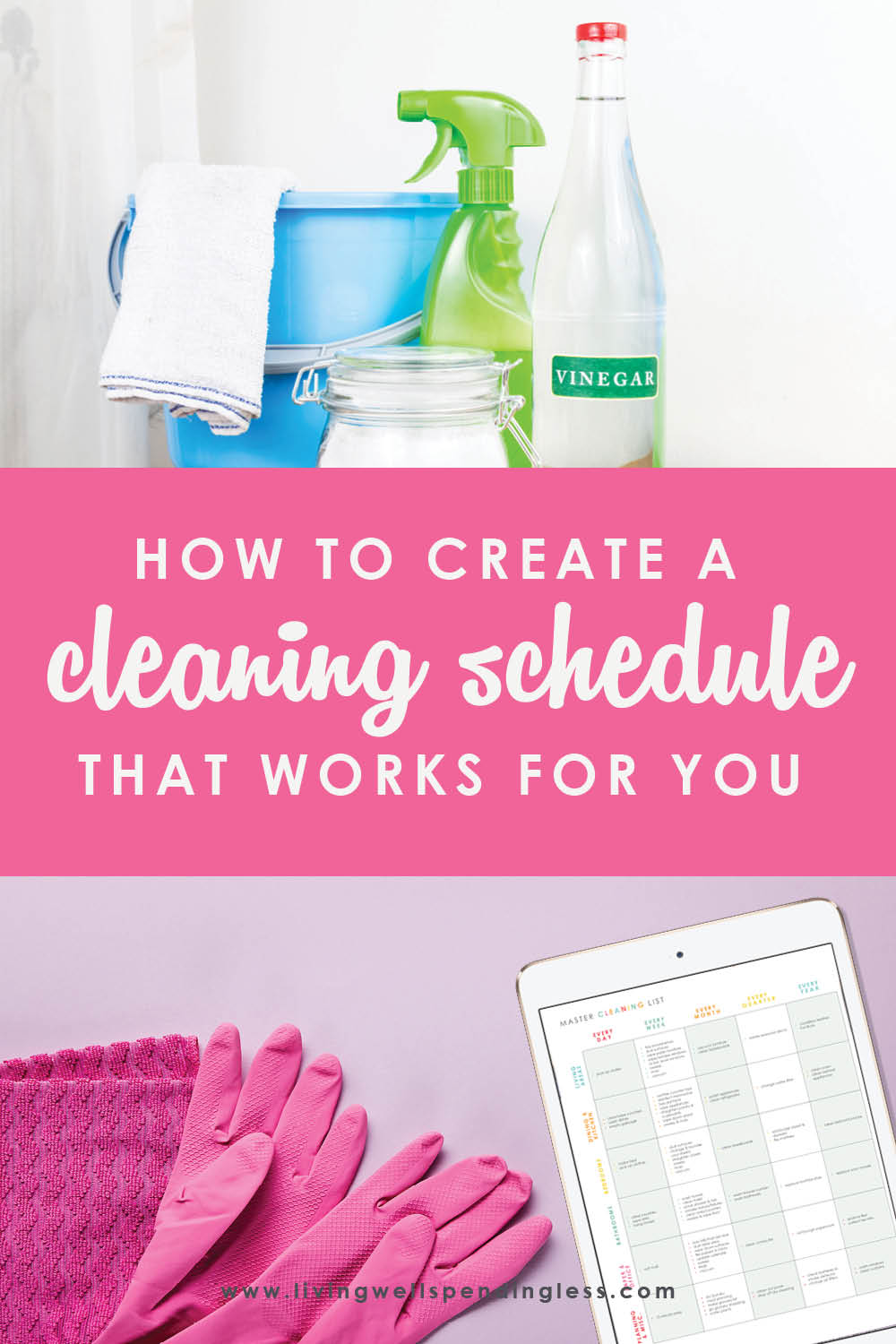
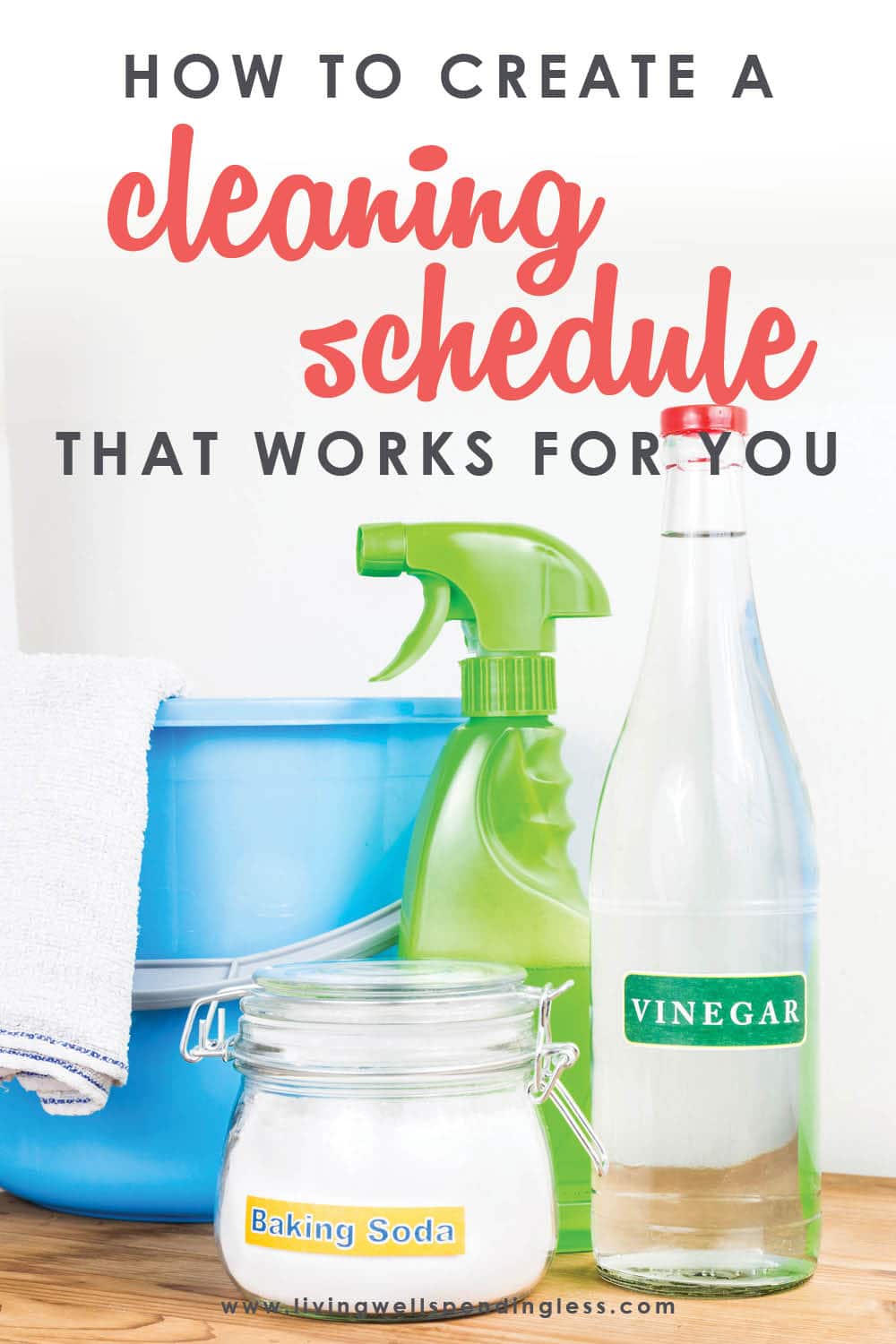







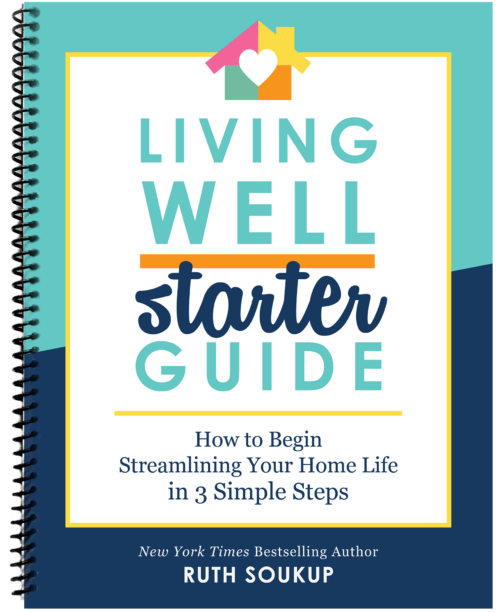

Excellent cleaning tips! I also use non-toxic chemical-free methods to clean my kitchen appliances and everything around the house in general.
I’m recently married and I’ve always had a hard time cleaning and being organized. Hopefully I can use you tips and planners to get better and not have such a clutter in my house. Thank you so much
If you include most of those items in your quick daily wipe-downs there isn’t much need for deep cleaning because they are always clean. I do throw away old items and wipe the inside of my refrigerator clean before we leave for our weekly grocery shopping. If a drawer or shelf really needs work I take it out and clean it in the sink then lay it out so that it is dry before we come home, but that doesn’t happen often. For other deeper spot clean items I often work on them while preparing dinner. While something is cooking I use those little few minutes at a time to do things like wash the microwave platter in the sink (and wipe under it while it’s drying), wipe spots off the cabinets, wash the trash cans, clean part of the freezer, wipe off the top of the frige, etc. I find that since I’m on top of them, it takes no time at all to do.
A clean house is important for the health and well-being of your entire family. First of all, a dirty house is a germy house, and the best defense against the spread of illnesses is to keep the germs washed away. The well being of the family is enhanced by an uncluttered atmosphere. If the rule of “a place for everything and everything in its place” is observed, the environment will be more serene, and less time will be wasted in looking for lost items.
Love your printables! I could definitely use these in my personal home cleaning routine but you have also inspired some ideas of which I could use lists for organizing services or packages for my house cleaning clients. An easy visual of services is always good. Thanks again for the tips!